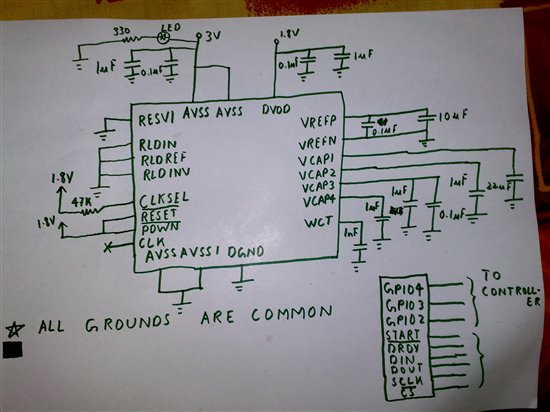Hi,
I have undertaken the final year project of myoelectric prosthetic upper limb. It was only a few weeks ago when I found out abou ads1298, so I ordered it immediately.
I am good at At89C51 DIP package and done many projects using it. I have no experience of using an SMT package. I use Proteus Design software for simulating and designing boards. But it has no package for Ads1298. I read the datasheet of ads1298 and learnt that it had an SPI module. I can arrange a usb programmer which uses SPI for programming ATmega16 or ATmega32, but it uses its own computer software.
Please advise for designing and programming ADS1298 IC.
Eagerly awaiting your reply.
Zahak Jamal


